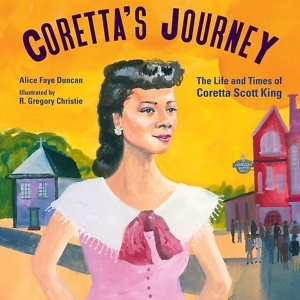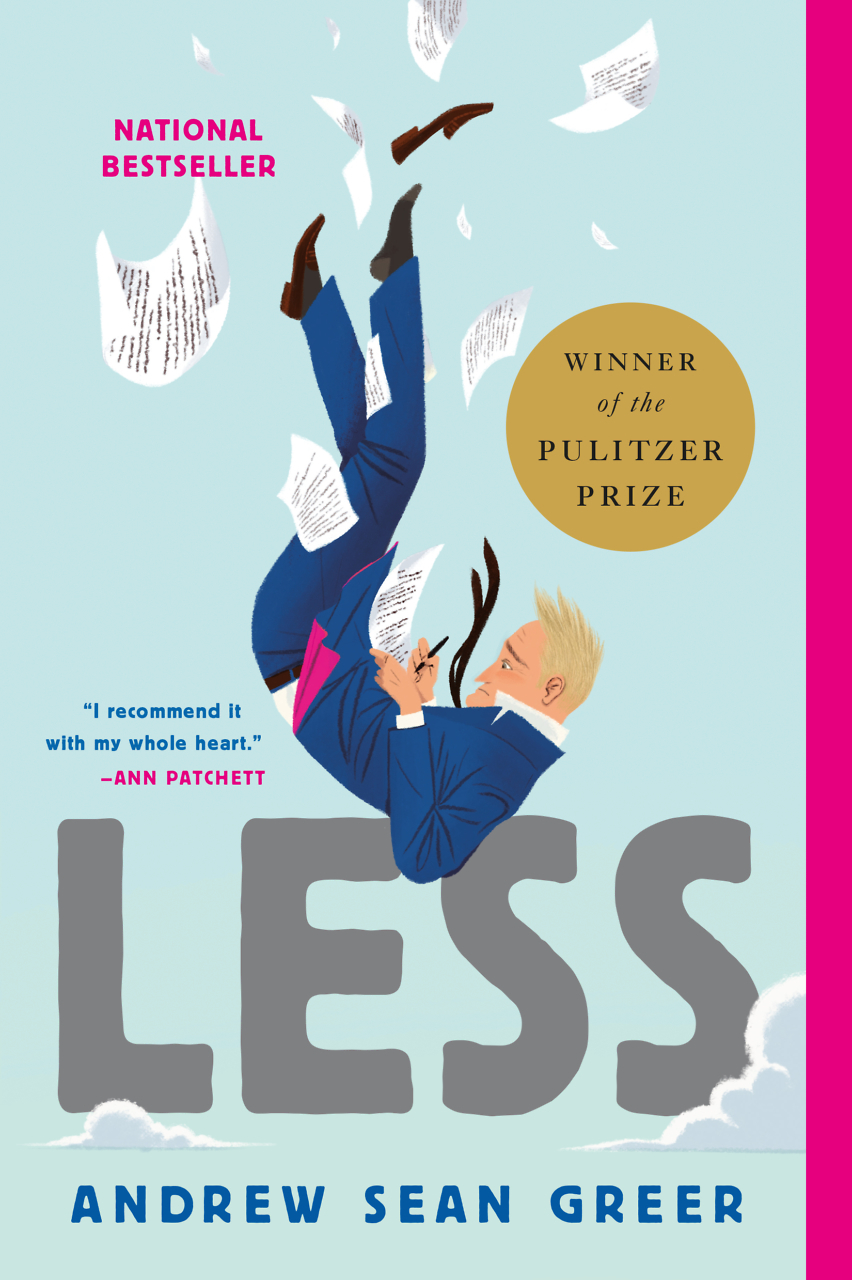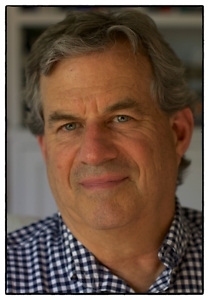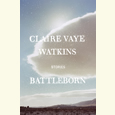Marching and Running for Freedom
Alice Faye Duncan celebrates two courageous Black women in new picture-book biographies
Author Alice Faye Duncan shines a spotlight on civil rights activist Coretta Scott King and Olympic athlete Willye White in two new biographies for young readers. Coretta’s Journey: The Life and Times of Coretta Scott King, illustrated by R. Gregory Christie, and Traveling Shoes: The Story of Willye White, U.S. Olympian and Long Jump Champion, illustrated by Keith Mallett, capture in poetry and prose the persistence and courage of both women and what each contributed to the culture at large.

The multifaced Duncan, who lives in Memphis, is a librarian, educator, motivational speaker, and historian. She has published more than 10 books for children, several of them biographies of Black luminaries. She answered questions from Chapter 16 via email about these two picture-book biographies, both featuring the artwork of award-winning illustrators.
Chapter 16: When did you first learn about Willye White and decide to tell her story?
Alice Faye Duncan: I learned about Willye White on a Mississippi road trip in 2015. As I entered Greenwood, I saw a big sign that said: “Home of the 5X Olympian, Willye B. White.” As a person well versed in Black history, I did not know Willye’s name. That annoyed me. I returned home and went on a journey to learn about this international track star, whose life began in the Delta cotton fields.
Chapter 16: What was your research like for Traveling Shoes? How many of Willye’s former Olympic colleagues did you interview?
Duncan: Willye White passed away at 67 in 2007. There was no autobiography to explain how this sprinter and long jumper used grit and guts to run across 150 countries during a track career that lasted 20 years.
Wilma Rudolph — Willye’s most famous teammate, friend, and fellow Tigerbelle at Tennessee State University — was also dead. So I leaned on interviews with Donna de Varona, Olympic swimmer and activist; Coach Billee “Pat” Connolly, retired pentathlete; and Ralph Boston, Olympic long jump medalist and Mississippian. Willye’s three friends served me the tone and texture of her personality and voice. Newspapers and magazines served me the historical facts.
Chapter 16: While writing Coretta’s Journey, did you learn anything about Coretta’s life that surprised you?
 Duncan: I discovered that, during her childhood, Coretta Scott King was a petulant and pugilistic girl. When siblings or friends disagreed with her, Coretta raised her fists to fight. During her teenage years, she met Bayard Rustin. He introduced her to the principles of pacifism. People often think that Martin influenced Coretta’s politics. That is not true. She was an activist when they met in Boston during the winter of 1951.
Duncan: I discovered that, during her childhood, Coretta Scott King was a petulant and pugilistic girl. When siblings or friends disagreed with her, Coretta raised her fists to fight. During her teenage years, she met Bayard Rustin. He introduced her to the principles of pacifism. People often think that Martin influenced Coretta’s politics. That is not true. She was an activist when they met in Boston during the winter of 1951.
As for cosmic and zodiac connections, I was surprised to learn that Coretta was a Taurus and her planet was Venus. Martin was Capricorn and his planet was Saturn. Once a year in spring, the planets Venus and Saturn appear to converge in the skies. I found this cosmic alignment to be symbolic of Coretta’s commitment to Martin and his American freedom movement.
Chapter 16: What is the one thing you most hope that child readers will take away about Coretta Scott King after reading this biography?
Duncan: The introduction is long overdue. I want readers to meet and celebrate Coretta Scott King, a Black woman from Alabama who used her voice as a prophet, preacher, and activist to speak truth to power. Coretta did not swoon when the movement served her physical and emotional challenges. She marched onward.
With faith in a power greater than herself, it was Coretta who pulled Martin up from his self-doubt. And in Martin’s absence, she preached even louder to demand equality and economic justice for all marginalized people. I want children from every economic class, culture, and creed to read Coretta’s Journey and emulate her dedication to democracy.
Chapter 16: You wrote each of these books in a combination of poetry and prose, but both are primarily in verse. What do you think poetry brings to these stories that prose cannot?
 Duncan: The lyrical nature of poetry makes American history enjoyable and easy to understand for children and adults. I did with Coretta’s Journey and Traveling Shoes what Lin-Manuel Miranda did with his musical Hamilton. I documented the astounding lives of two Americans using rhythm, metaphor, and soul.
Duncan: The lyrical nature of poetry makes American history enjoyable and easy to understand for children and adults. I did with Coretta’s Journey and Traveling Shoes what Lin-Manuel Miranda did with his musical Hamilton. I documented the astounding lives of two Americans using rhythm, metaphor, and soul.
As for Coretta’s Journey, the book’s dominant imagery includes earth, fire, and the cosmos. In Traveling Shoes, the book’s dominant imagery is travel, flight, and speed. With every book I write, I find dominant symbols or motifs. I repeatedly riff on these images to paint a portrait with words.
Chapter 16: What do you think that Keith Mallett and R. Gregory Christie each, respectively, bring to these books via their artwork?
Duncan: Throughout Traveling Shoes, Keith Mallet used bold, bright colors to capture Willye White’s physical and spiritual strength. With sweeping visions of a Black girl seeming to fly, Keith painted Willye riding the wind in pursuit of freedom, joy, and Olympic medals. The images snatch your breath away.
R. Gregory Christie illustrated Coretta’s Journey using watercolors that render Coretta’s life in a dreamlike state. The watercolors call to mind a dappling of tears rendering historical moments that are happy, sad, and always bolstered with Coretta’s trademark determination.
In both books, Willye and Coretta are children born in the rural South when Jim Crow was king. Their achievements serve two examples of American girls who jumped the hurdles of patriarchy while Black and unstoppable. Coretta Scott King marched for freedom. Willye White ran for freedom. As we share these profiles of courage with young learners, I know the children will fly.
Coretta’s Journey: The Life and Times of Coretta Scott King
By Alice Faye Duncan
Calkins Creek
52 pages
$18.99Traveling Shoes: The Story of Willye White, US Olympian and Long Jump Champion
By Alice Faye Duncan
Calkins Creek
49 pages
$18.99

Julie Danielson, co-author of Wild Things! Acts of Mischief in Children’s Literature, managed the picture-book blog Seven Impossible Things Before Breakfast for 16 years. She now writes about picture books for Horn Book, BookPage, and Shelf Awareness, and she has written for The New York Times. She’s also a copyeditor at Shelf Awareness. She lives in Murfreesboro.





